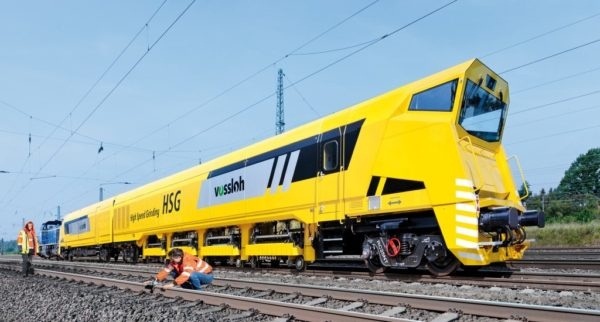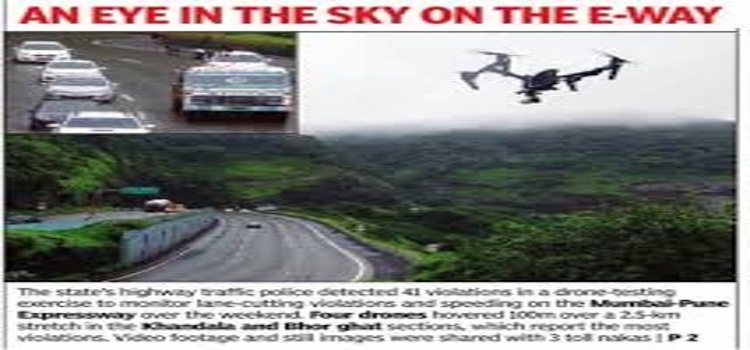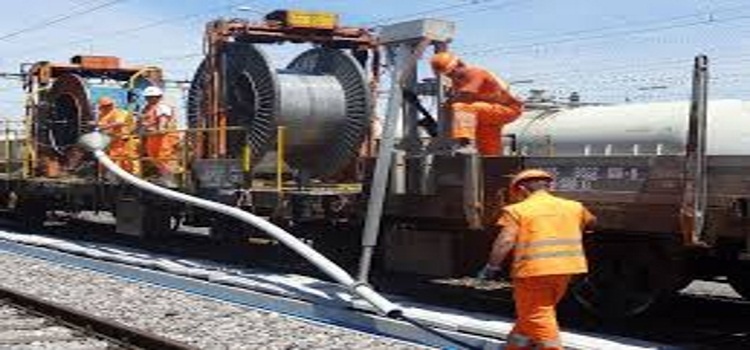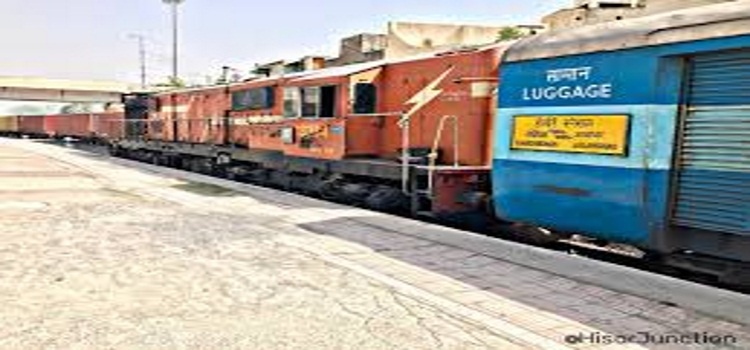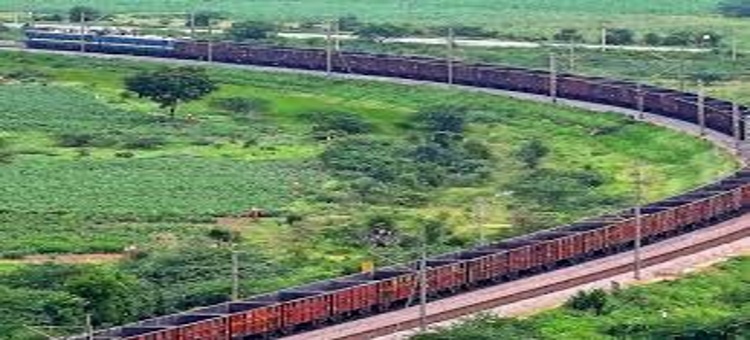
On platform number one at the Salem train station in south India, a colourful booth stands out amid the chaos of passengers, porters and vendors.
It is a children’s help desk, one of two set up on a pilot basis in India by the charity Railway Children. Here staff are mapping the journeys of thousands of vulnerable children, who have been trafficked, are lost or are runaways.
From the brightly painted booth, officials track the nearly 200 trains that travel daily through Salem junction in the southern state of Tamil Nadu, looking for children at risk on the rail network – the traffickers’ preferred mode of transport.
Campaigners say India’s train stations have become transit points for traffickers, who lure children to cities with the promise of good jobs, but sell them into slavery as domestic workers, to work in small manufacturing units, farming or pushed into sexual slavery in brothels.
“If you travel 45 minutes from Salem junction, you will be in industrial hubs that thrive on child labour or cross a state border into a region with a different local language and culture,” said Valavan Vasantha Siddartha of Railway Children.
“If the journey of trafficked and vulnerable children is not stopped at the stations, the children will simply disappear once they reach their destinations.”
The two 24 hour help desks set up in collaboration with Indian Railways identify children at risk and provide them with shelter and work on reuniting them with their families.
More than 9,000 children in India were reported to have been trafficked in 2016, a 27 percent rise from the previous year, according to government data.
A large number of unaccompanied and trafficked children travel on train across India and many use platforms as shelter or working as hawkers or ragpickers, campaigners said.
“Our officials come across them all the time, travelling ticketless or abandoned on trains and at platforms,” A S Vijuvin, senior railway officer at the Salem station told the Thomson Reuters Foundation.
Between 2014 and August 2017, the Railway Protection Force rescued 28,057 children including 1,502 trafficked children from stations, according to a statement released on Monday.
On an average, at least 25 children are rescued every day from trains and railway premises, the statement said.
RESCUED
Since the help desk was opened at Salem station in March, 431 children have been rescued, a quarter from northern India.
“Many of the children we rescue were heading for the poultry farms in Namakkal, spinning mills in Erode or truck workshops along the highways,” Siddartha said.
“Since we set up the booth, we have noticed that many are travelling on trains that arrive past midnight, when the surveillance is lower.”
Campaigners estimate there is a vulnerable child entering a railway station every five minutes. Girls are particularly vulnerable and often taken off by traffickers within hours of arriving.
The Salem booth, and a similar one in Darbhanga station in eastern state of Bihar, are connected to shelters run near the station.
“Some come to have a bath or just sit in a clean space. We have counsellors at hand and the idea is to eventually help these children,” said Siddartha of Railway Children. “In many cases we reunite them with their families.”
The Indian government has in the past launched campaigns on India’s vast railway network, while a periodic police drive, “Operation Smile”, screens children in shelters, train and bus stations, and on the streets to find the missing.
Indian Railways has now extended these initiatives to cover 82 stations across the world’s fourth-largest railway network.
Ticket checkers, catering staff and policemen travelling on trains are taught to look for signs of trafficking and be on alert for children in large groups, the body language of the adults accompanying them and dubious documents.
“We are constantly relooking at the process because we realise that traffickers are two steps ahead,” Vijuvin said.
“When big stations are covered, they disembark two stops ahead, at the smaller ones. We hope to slowly link every station with these protocols.”
